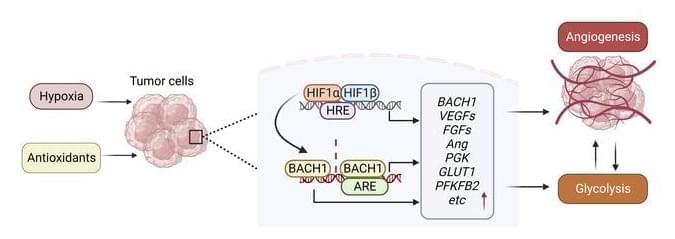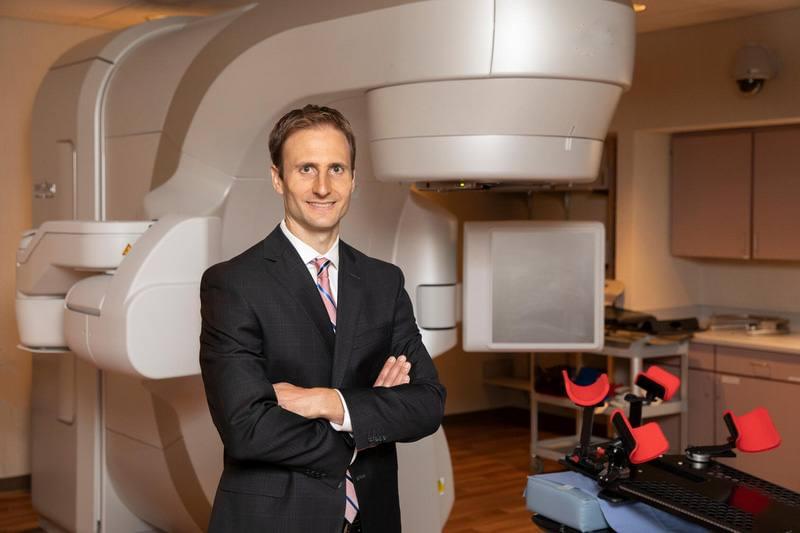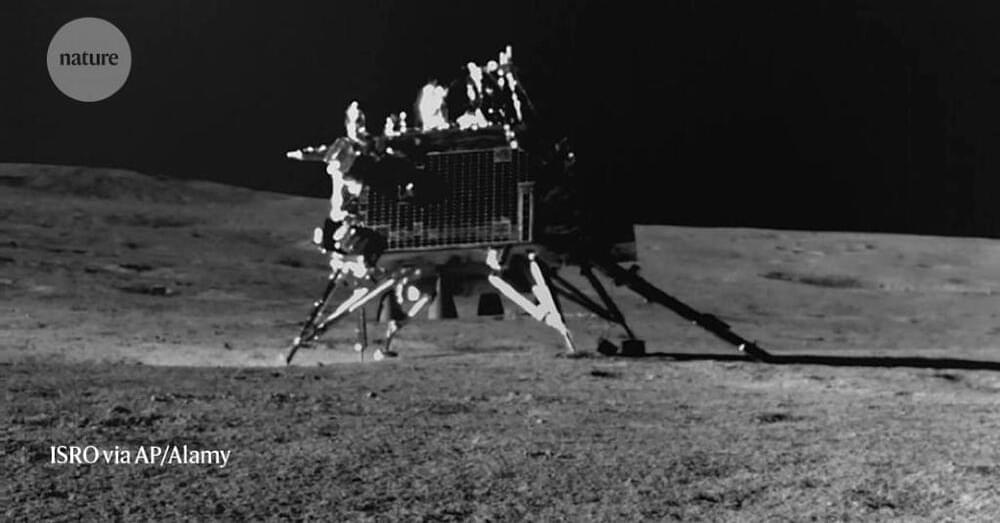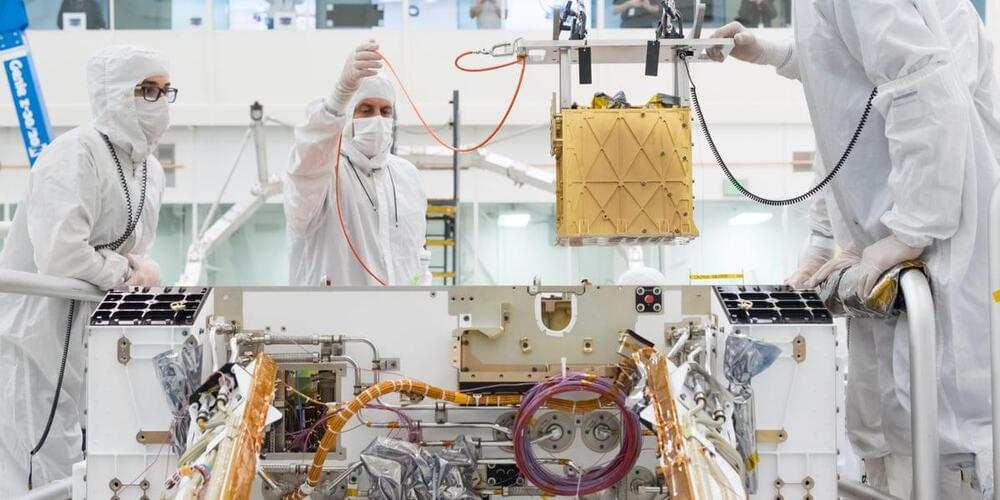The world’s largest democracy is poised to transform itself and the world, embracing AI on an enormous scale.
Speaking with the press Friday in Bengaluru, in the context of announcements from two of India’s largest conglomerates, Reliance Industries Limited and Tata Group, NVIDIA founder and CEO Jensen Huang detailed plans to bring AI technology and skills to address the world’s most populous nation’s greatest challenges.
“I think this is going to be one of the largest AI markets in the world,” said Huang, who was wrapping up a week of high-level meetings across the nation, including with Prime Minister Narendra Modi, leading AI researchers, top business leaders, members of the press and the country’s 4,000-some NVIDIA employees.





